Foundry
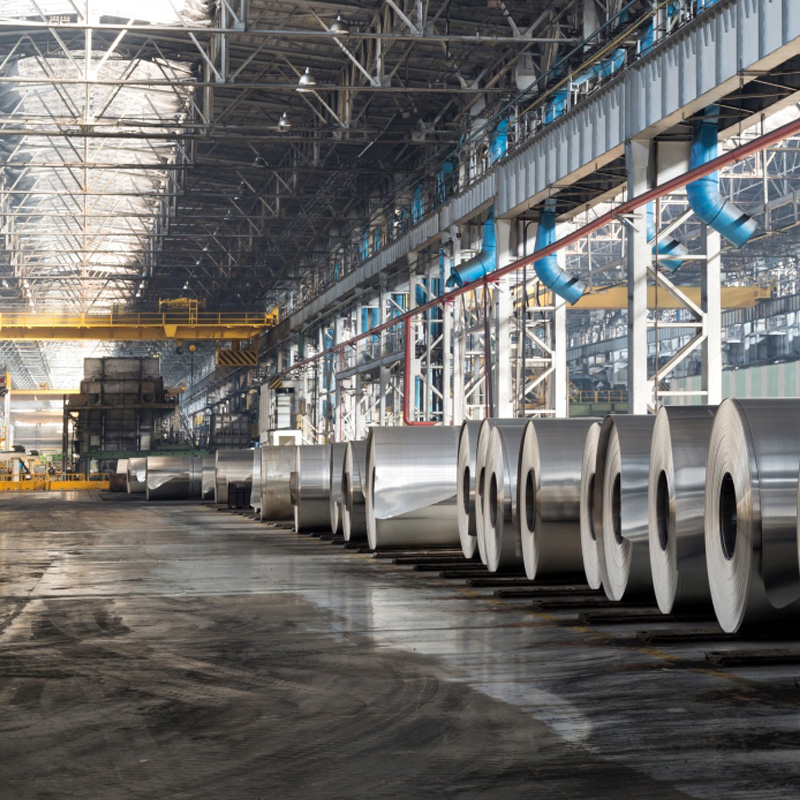
Foundries and Their Contaminants: What Do You Need to Know?
In foundries, the castings give off toxic fumes, and very hazardous heavy metal particles can be released by the tanks. Since your processes are not always used continuously, this intermittent operation facilitates the capture of harmful substances. A number of risk factors also come into play:
- Are your facilities tailored to the deflagration risk associated with certain explosive metals, like aluminum?
- What types of particles do your processes release? Do they produce zinc or aluminum dust, which is especially harmful to health?
- Do you have adequate containment and suctioning solutions in place?
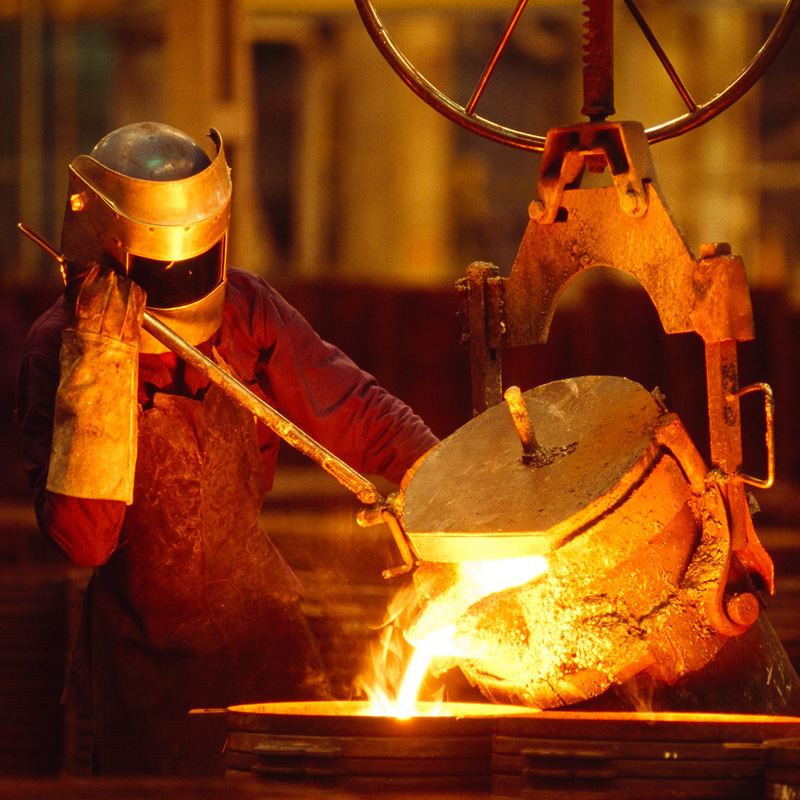
Are you aware of the risks associated with your processes?
In addition to the issues of cooling the fumes that enter the dust collector and controlling sparks, the system’s cleanliness is a major challenge in a smelter, especially for the dust collector’s hopper. Particles tend to agglomerate on its walls and can block the passage of materials.
If the outlets are blocked, dust can be pushed in the opposite direction into the dust collector, and even reach the outer walls of the filters. Particles that manage to get through the fabric of the filter media can cause unexpected pressure differences. And that fine situation can cause the dust collector to malfunction, and even emission plumes to escape during the self-cleaning cycles.
One way to remedy this problem is to establish a systematic maintenance program and, if necessary, add suitable attachments.

IMPROVE AIR HANDLING OF YOUR FACILITIES
I WANT TO KNOW MORE
![]()
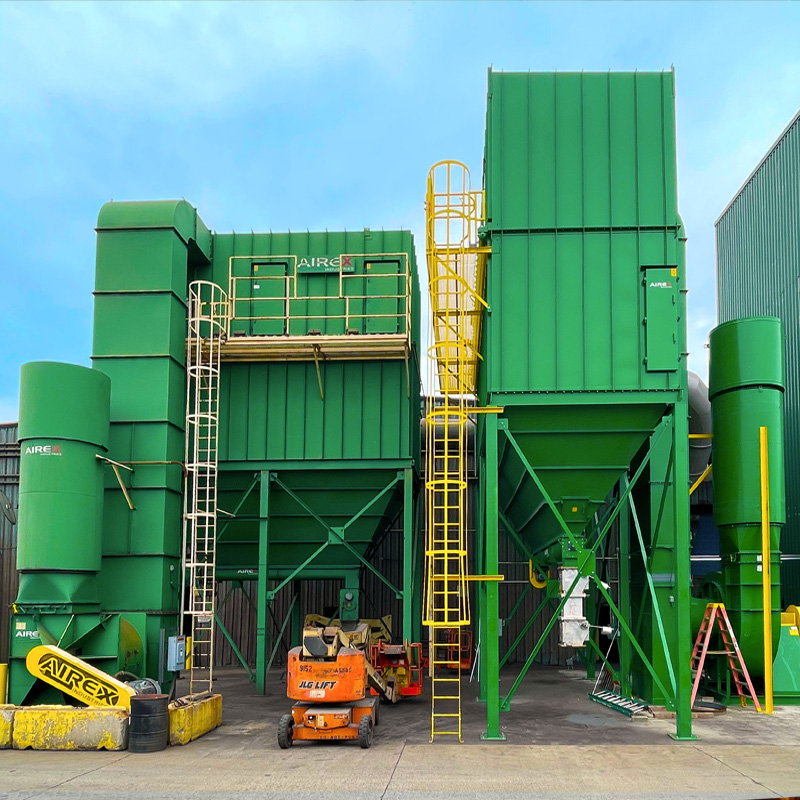
How can the risks be reduced in foundries?
Your industry must control the particles generated by its operations, for example by capturing the fumes and heavy metal dust with an adequate suctioning system. To reduce the risks of fire or explosion, you must also manage sparks and prevent them from being drawn into the dust collection system, in addition to ensure that the fumes cool down. Whether it’s a steel mill, aluminum smelter or steel smelter, our experts can advise you on choosing a dust collector and put preventative measures in place tailored to your operations and to the health and safety standards.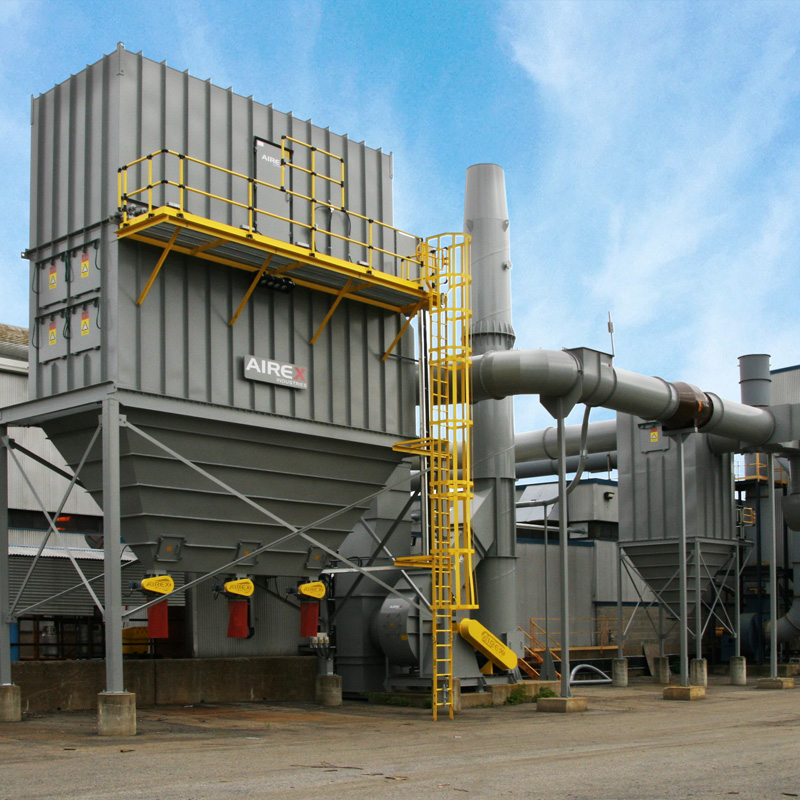
What is the Best Dust Collector for foundries?
Since every smelter has its specific characteristics, there is no one-size-fits-all solution. A number of options are available to you: cyclone dust collectors can capture raw particles as well as act as a spark arrester. Wet scrubbers, instead, collect fine, very explosive particles. For collecting and handling dry materials, baghouse or vertical cartridge dust collectors are also good solutions. You should also have an effective containment system above the crucible containing the molten metal.
We believe that the best dust collector is the one that perfectly meets your needs. The system must also enable you to save money! Our experts can suggest some sustainable options for you that are well thought out to minimize repairs and energy consumption. Here’s an overview of what we can offer you:
- Innovative solutions with an excellent service life, such as our system that handles variable volumes.
- Integrated solutions for recovering the energy used by your drying and pre-drying systems, your steam boilers, and other machines.
- Diluting solutions to cool the air captured above your processes.
- Equipment approved by the NFPA standard for preventing incidents.
- A team consisting of engineers and specialists is available to you for breakdowns and preventive maintenance.

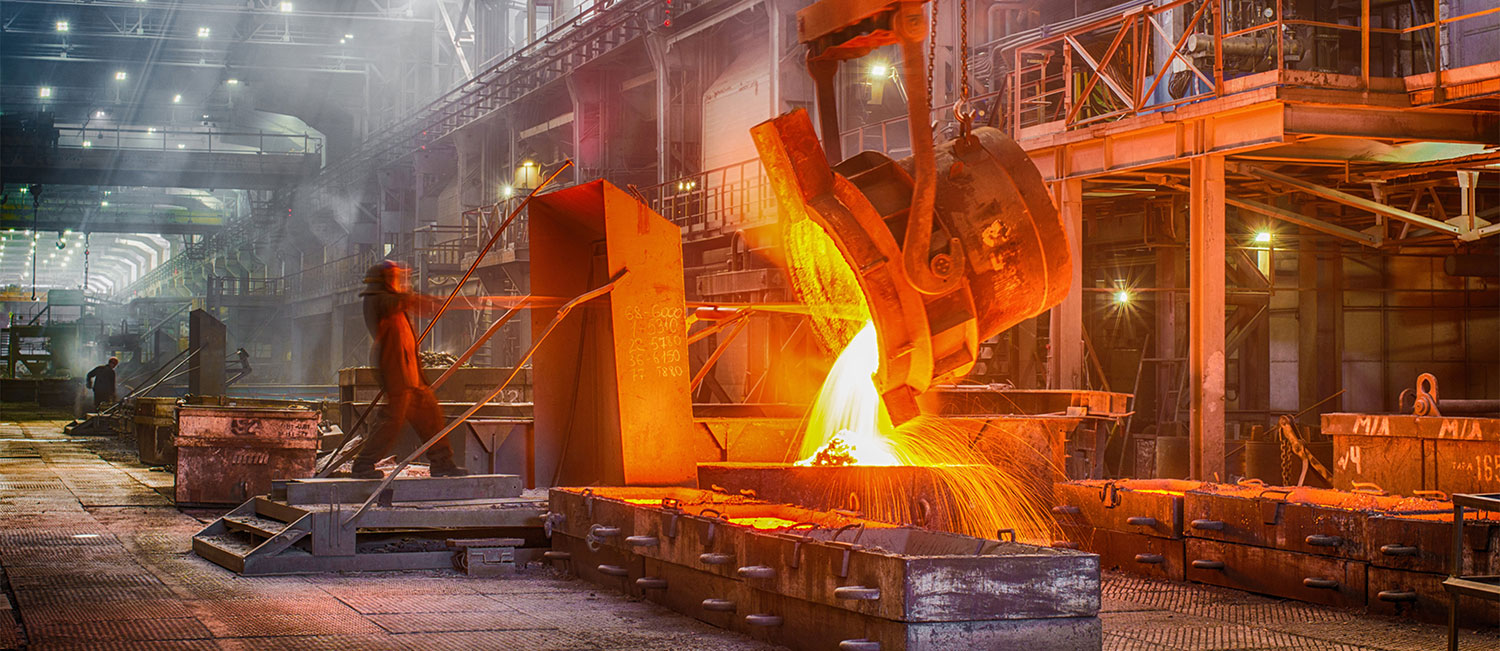

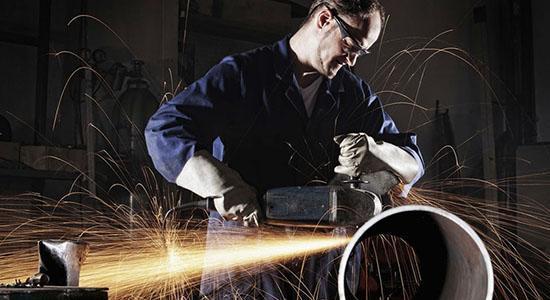
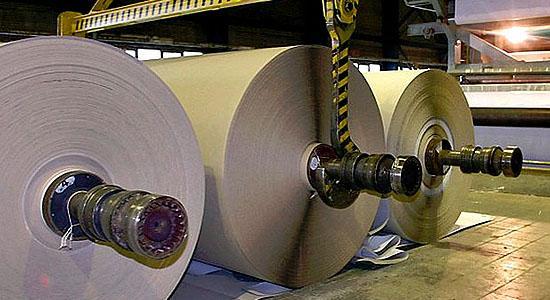
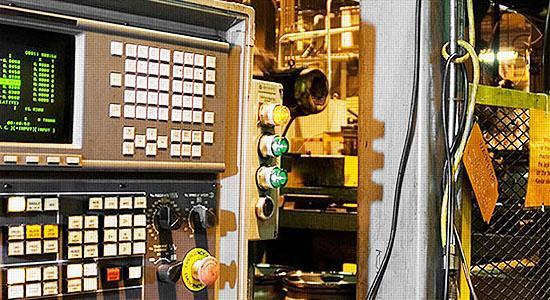
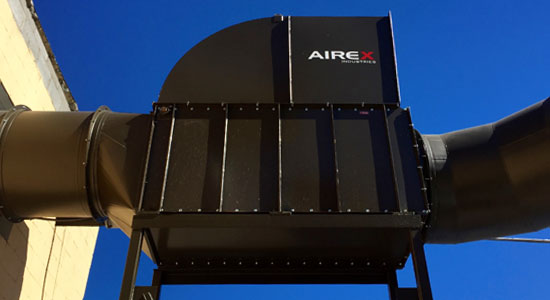
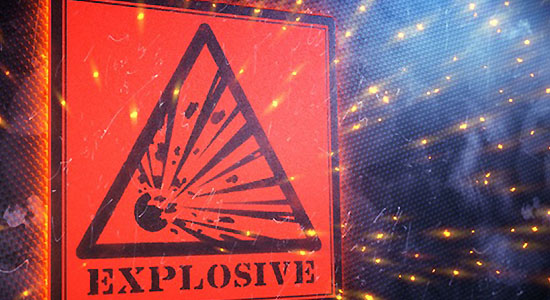


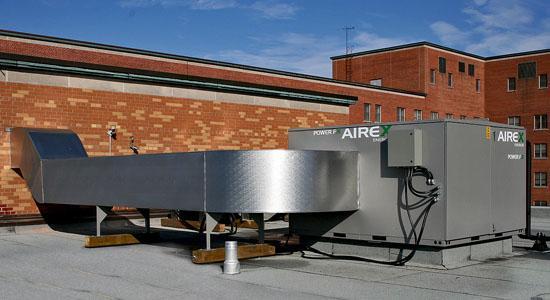
 Not sure what product fits your needs, or you looking for advice about the best solution for your problem?
Not sure what product fits your needs, or you looking for advice about the best solution for your problem?